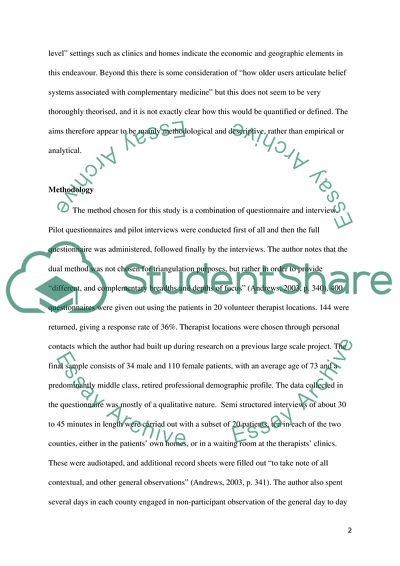Cite this document
(Critical Evaluation of G. J. Andrews Article on the Consumption of - 1, n.d.)
Critical Evaluation of G. J. Andrews Article on the Consumption of - 1. https://studentshare.org/health-sciences-medicine/1775860-critical-evaluation-of-research-papers
Critical Evaluation of G. J. Andrews Article on the Consumption of - 1. https://studentshare.org/health-sciences-medicine/1775860-critical-evaluation-of-research-papers
(Critical Evaluation of G. J. Andrews Article on the Consumption of - 1)
Critical Evaluation of G. J. Andrews Article on the Consumption of - 1. https://studentshare.org/health-sciences-medicine/1775860-critical-evaluation-of-research-papers.
Critical Evaluation of G. J. Andrews Article on the Consumption of - 1. https://studentshare.org/health-sciences-medicine/1775860-critical-evaluation-of-research-papers.
“Critical Evaluation of G. J. Andrews Article on the Consumption of - 1”. https://studentshare.org/health-sciences-medicine/1775860-critical-evaluation-of-research-papers.


